The days are getting longer! The daffodils are blooming, I’m hearing spring birdcalls in the air, and I’ve been able to shed my fleece for a few days outside, so that means – spring is coming! Hopefully not too early, so we don’t have a repeat of the Great Peach Blossom Die-off of last year. I hope you can get outside to enjoy the warmer days and feed your soul with spring.
The above picture is our entrance gate, and it obviously has a lichen problem. The gate is only about 10 years old, but lately the lichen on it has proliferated so that it’s almost more lichen than gate at this point.
I thought nothing of it until I attended a short geology class a few weeks ago and the instructor mentioned that weathering of rocks occurs from wind and water and…lichen? It turns out that lichen get their minerals from the rocks on which they live.
But if that’s the case, what about lichen on trees – how do they survive? Or the lichen on rooftops? Or the lichen on my gate? Is the lichen slowly breaking down the metal on my gate as if it were a large rock slowly crumbling into sand?
For that matter, what even IS lichen? Is it related to moss? Is it related to Spanish Moss, which looks more like lichen than moss anyway? So many questions…
What is lichen doing to my metal gate?
I’ve been wanting to learn about lichen for a while – I’ve collected photos of different colored lichens and almost have the full rainbow:
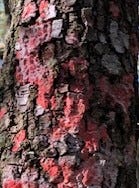
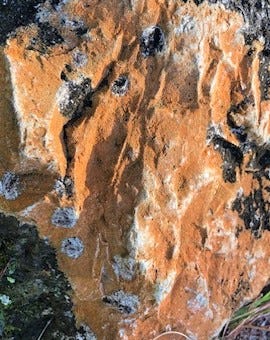
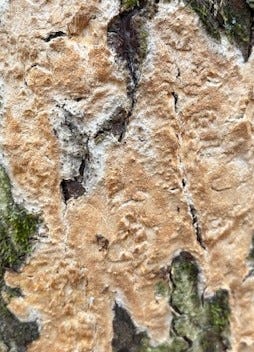
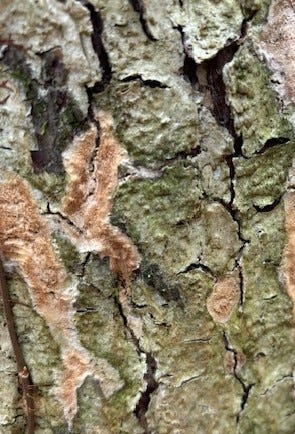

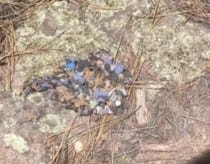
Lichen is so ubiquitous it’s easy to overlook – it seems like almost every tree or rock has samples covering at least a portion so that you don’t even notice it until you try to sit down on a rock or encounter a patch while rock climbing.
In my research I found that lichens cover around 7% of the Earth’s surface and can be found on every continent – even Antarctica. For a great exploration of the delicate lichen of the ice-continent, check out this issue of The Turnstone by my friend Melanie.
Lichen isn’t a moss, because mosses can photosynthesize to create the energy they need. Even though they’re hard to see, mosses have tiny stems and leaves. Lichen, on the other hand, doesn’t have roots, stems or leaves. It’s actually a fungus that has formed a symbiotic relationship with a type of algae – the fungal part provides the outer structure while the algae provide chlorophyll that allows photosynthesis.
There are around 20,000 different kinds of lichen and they generally fall into one of three categories:

Crustose lichens are just like they sound – they form a flat crust on an object and it’s really hard to impossible to peel them up. Foliose lichens (think “foliage”) are leafy and have two easily observable sides; they look a little like lettuce. Fruticose lichens are bushy and can be hairlike, or upright and shrubby.
Young trees with smoother bark tend to attract crustose lichens. As trees age and get wrinklier (just like us!) the gaps and fissures in their bark allow fruticose and foliose lichens to attach themselves. Lichens like lots of sunlight. So, they don’t tend to grow on conifers, which have shaded trunks and branches all year long. They find a more sunlight-rich environment on deciduous trees.
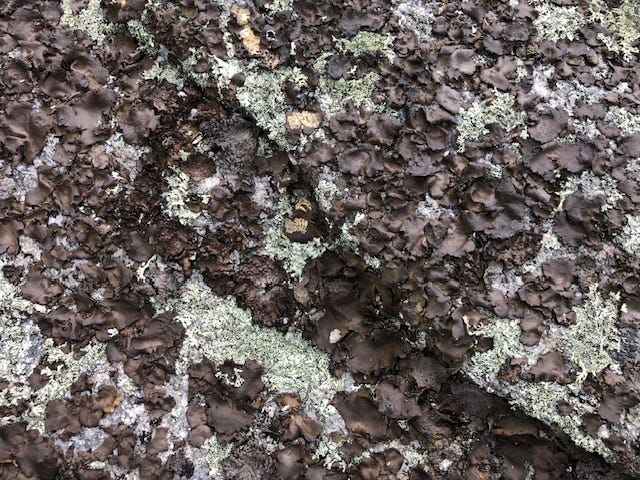
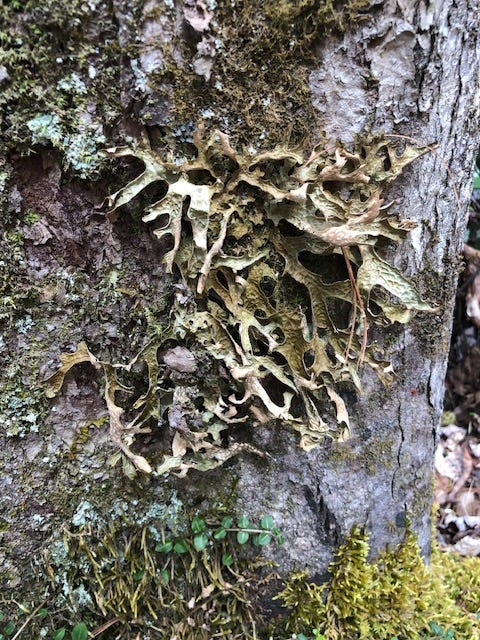
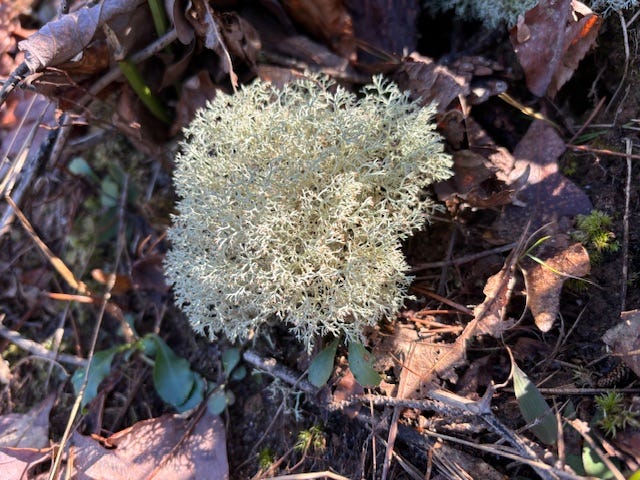
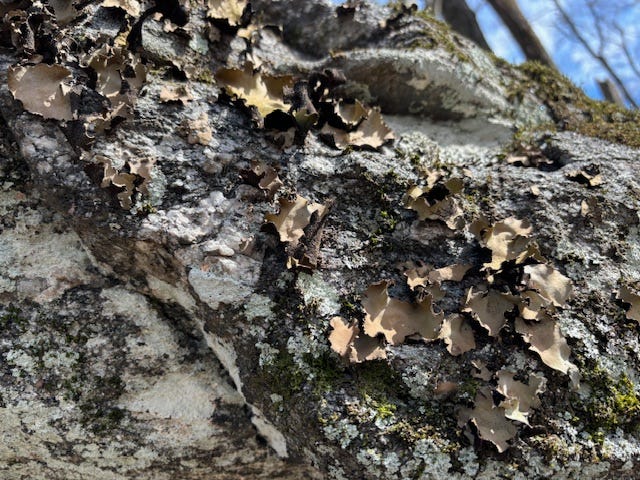
Something else lichens like? Clean air.
Since lichens don’t have a root system (just tiny “feet” to hold onto their surface or “substrate”), they get much of their nutrients from the air and are thus highly sensitive to changes in the atmosphere. They absorb pollutants and heavy metals from the air into their leaf-like structure (called the thallus), which scientists can then analyze to determine the air quality around them. This is why you’re not likely to see much lichen in an inner-city, next to factories, or any other area with poor air quality.
Scientists generally study lichen on the branches of trees rather than the trunk since those on the trunk can be older, established lichen, while branch lichens are more likely to reflect recent atmospheric conditions. Most lichen only grow 1-2 millimeters per year, so if you see a big batch, it could have taken decades to get that size. Some, like the map lichen, have been found to be 9500 years old!
There are lots of lichens that are particularly sensitive to nitrogen. The species in the photos below are from this field guide, and are a few you can watch out for – if you see them, feel free to breathe deep because you’re in the presence of some clean, fresh air!




The picture below shows the effects of poor air quality on lichen. The red alder on the left has a healthy collection of white lichen and bits of moss on its trunk. On the right – a red alder downwind from a pollution source that has prevented any lichen growth.

Lichens aren’t parasitic, so they don’t directly harm the trees they attach to. But the fungal side of their partnership does contribute to their survival by releasing an acid that slowly deteriorates the substrates they attach to in order to extract minerals. There is some thought that this could do damage to trees over time, but when lichen are attached to rocks all they do is slowly wear down the rock and eventually create soil.
As they release their acids, the result can be a fine etching on the stone substrate underneath. That, finally, is what I discovered about my gate. When I more closely examined the gate, I found delicate etching into the paint where lichen had previously been. Slowly, slowly, the lichen has been eating away at the paint to create artistic patterns that feel like a definite improvement on the original paint job:
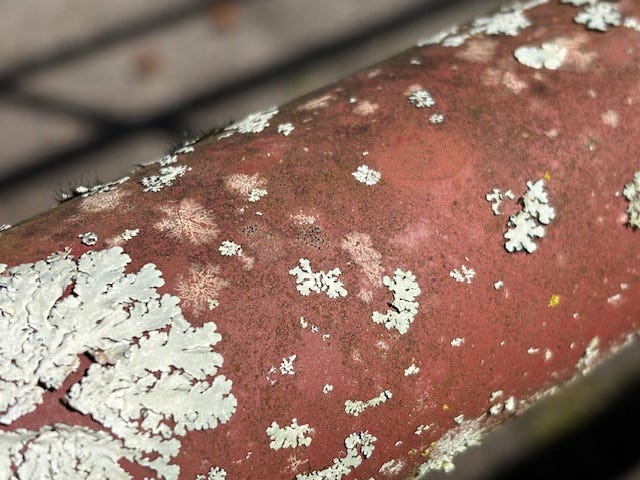
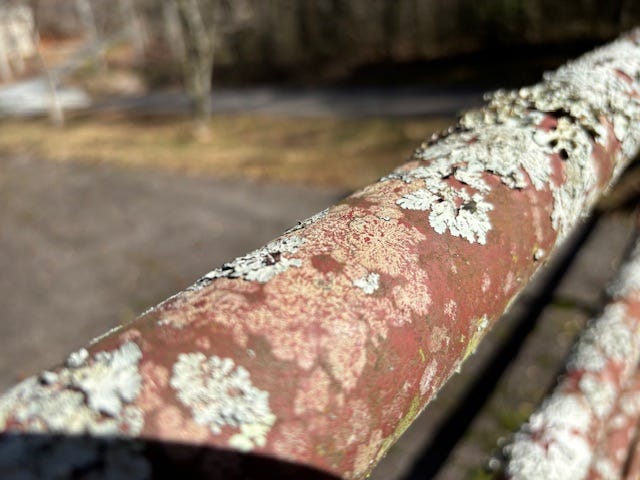
The good news is, this process is extremely slow and it would take many years for my gate to disintegrate. Meanwhile, I’m left with a metal sculpture patterned by Nature that’s gradually camouflaging with the environment.

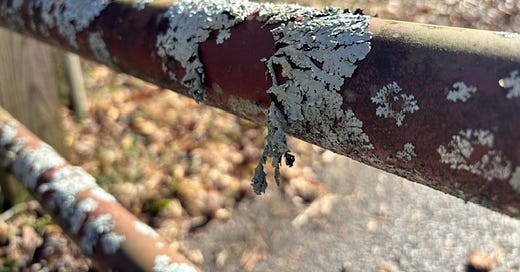



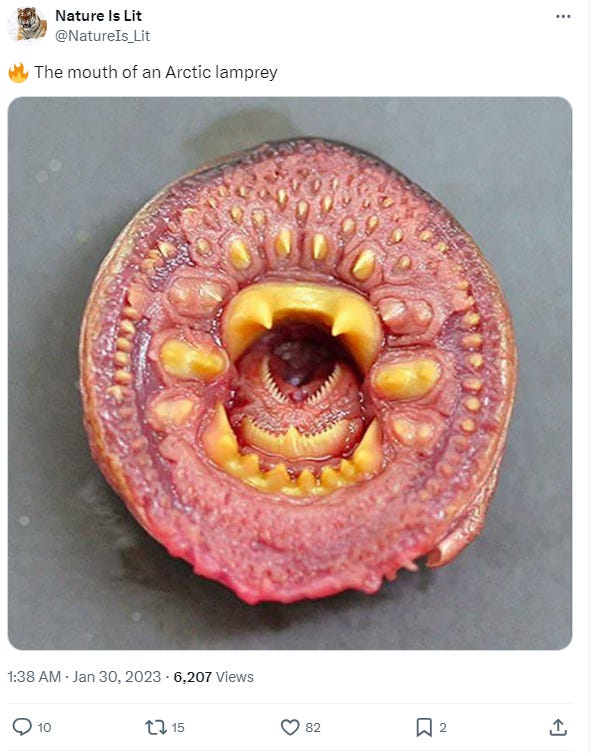
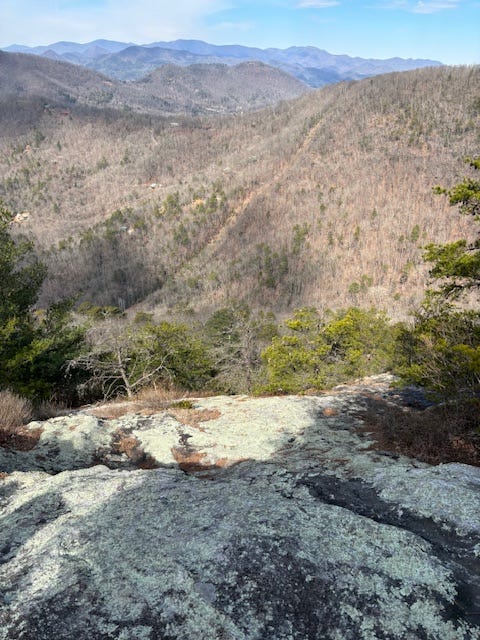
What an interesting deep dive. My mom told me about rock tripe, and how the early settlers used to eat it when grub got low! Love lichen!
Great info! I'm following your linter and subscribing to Melanie's newsletter!